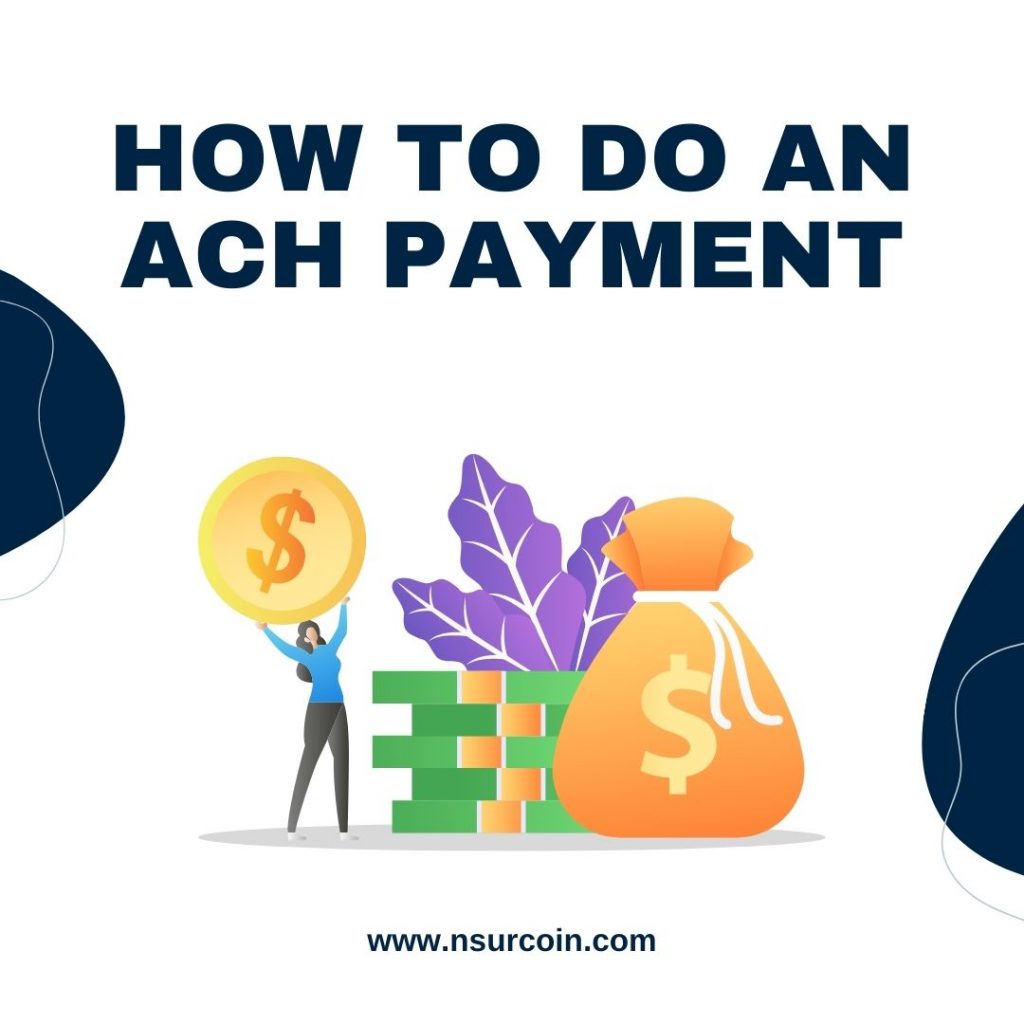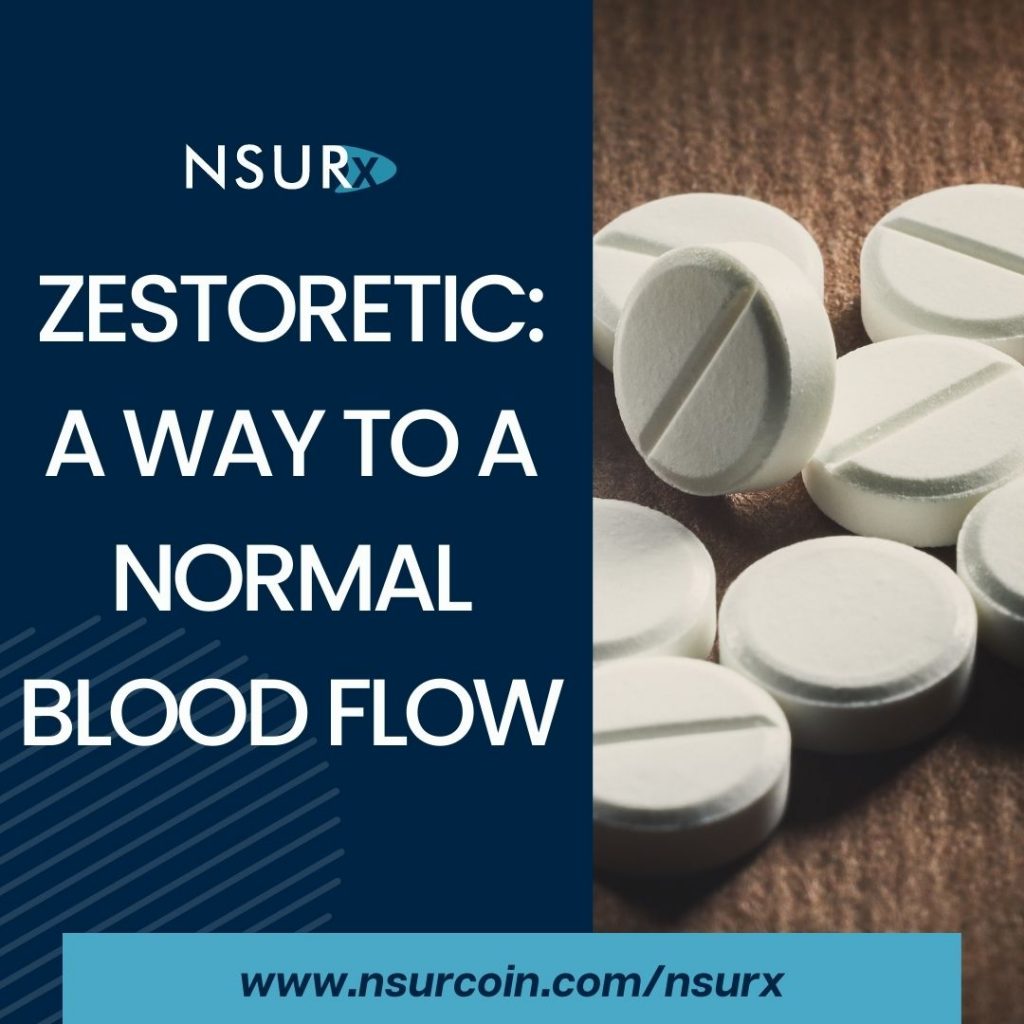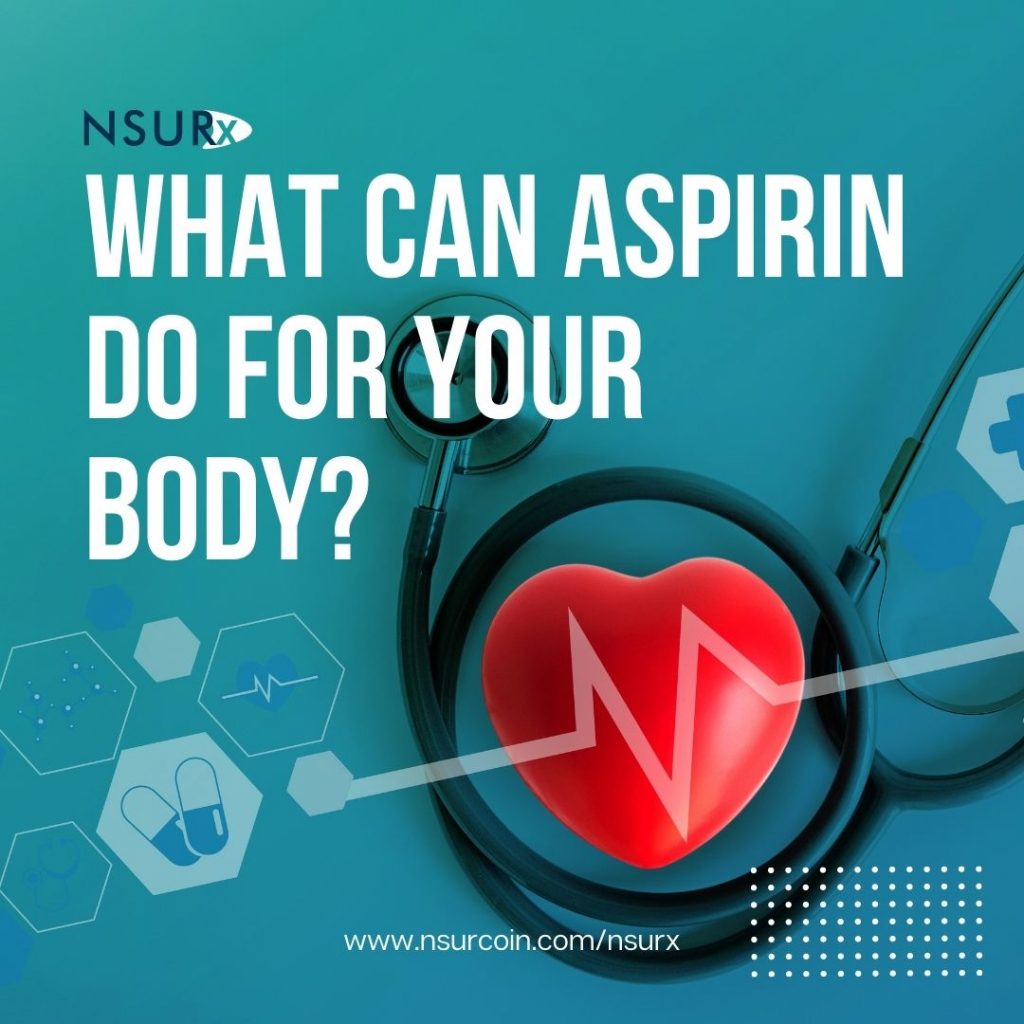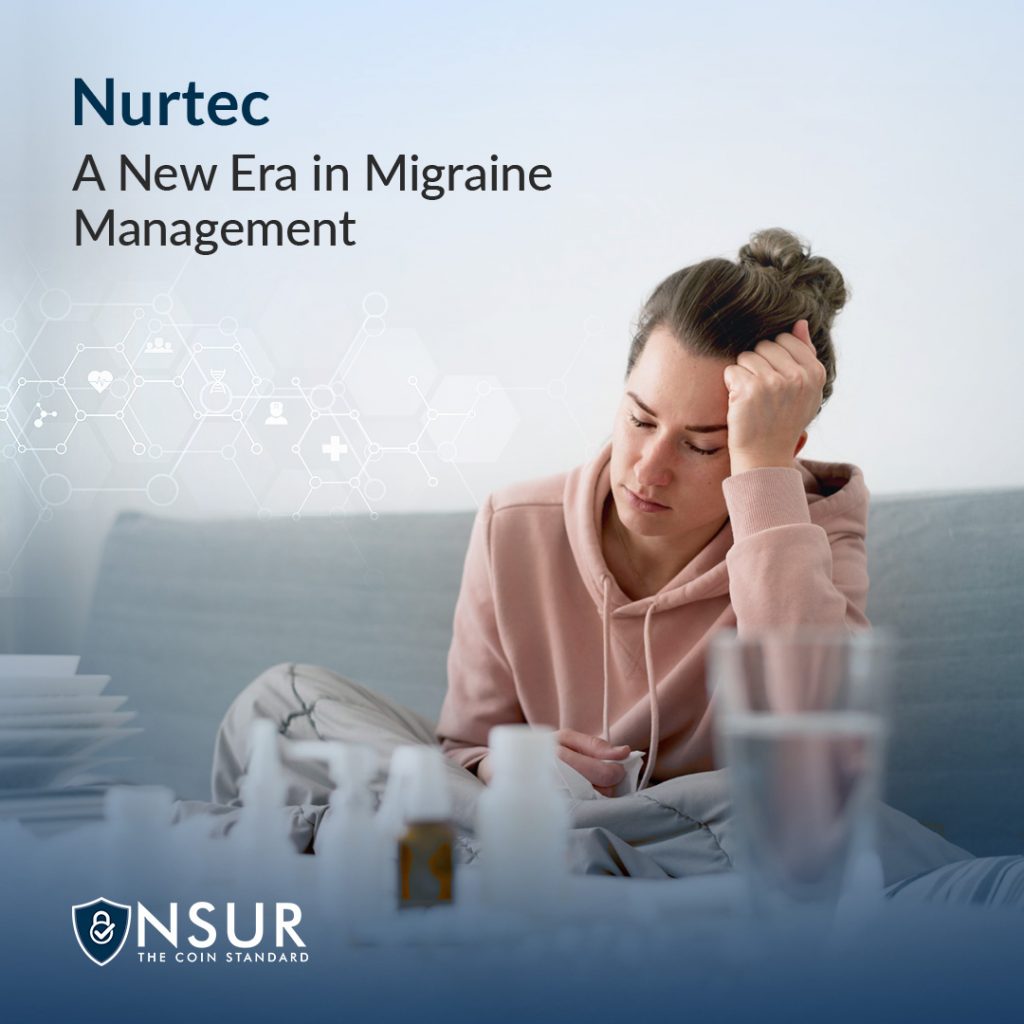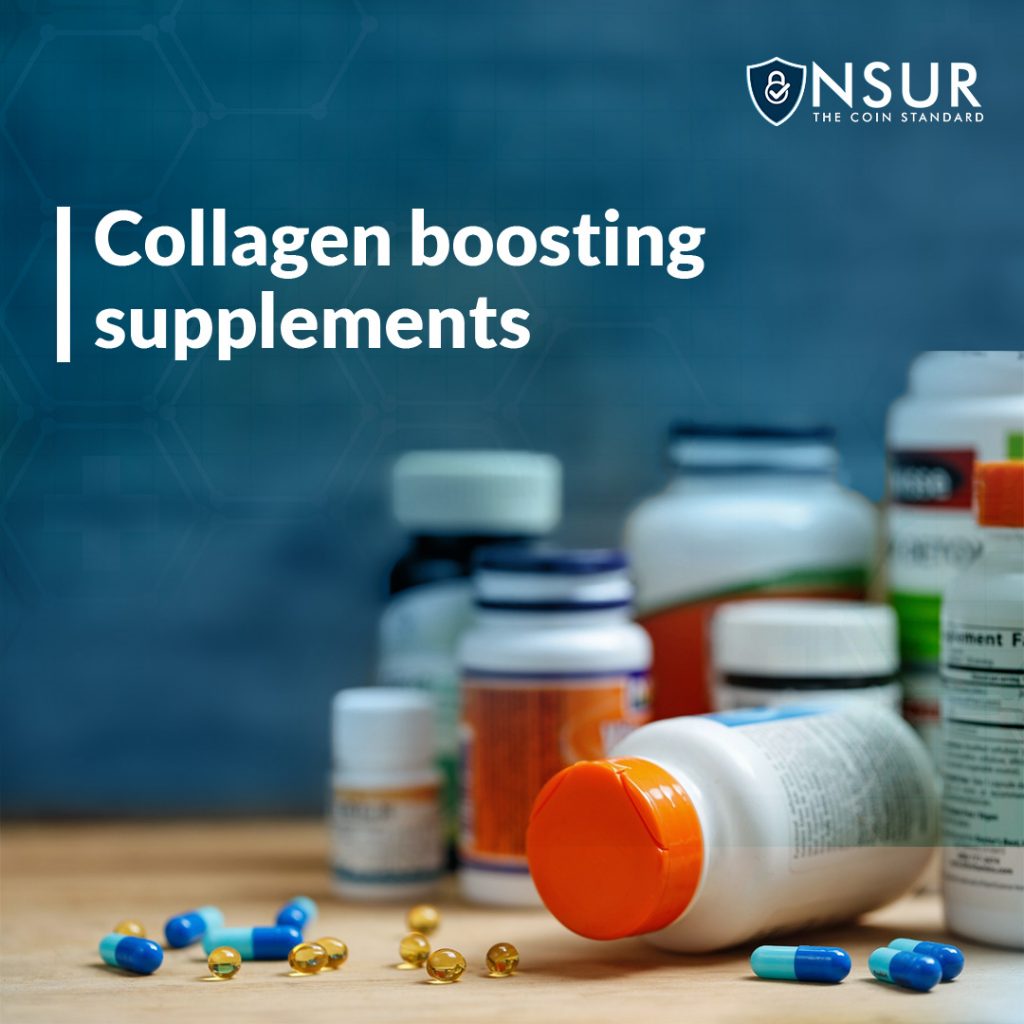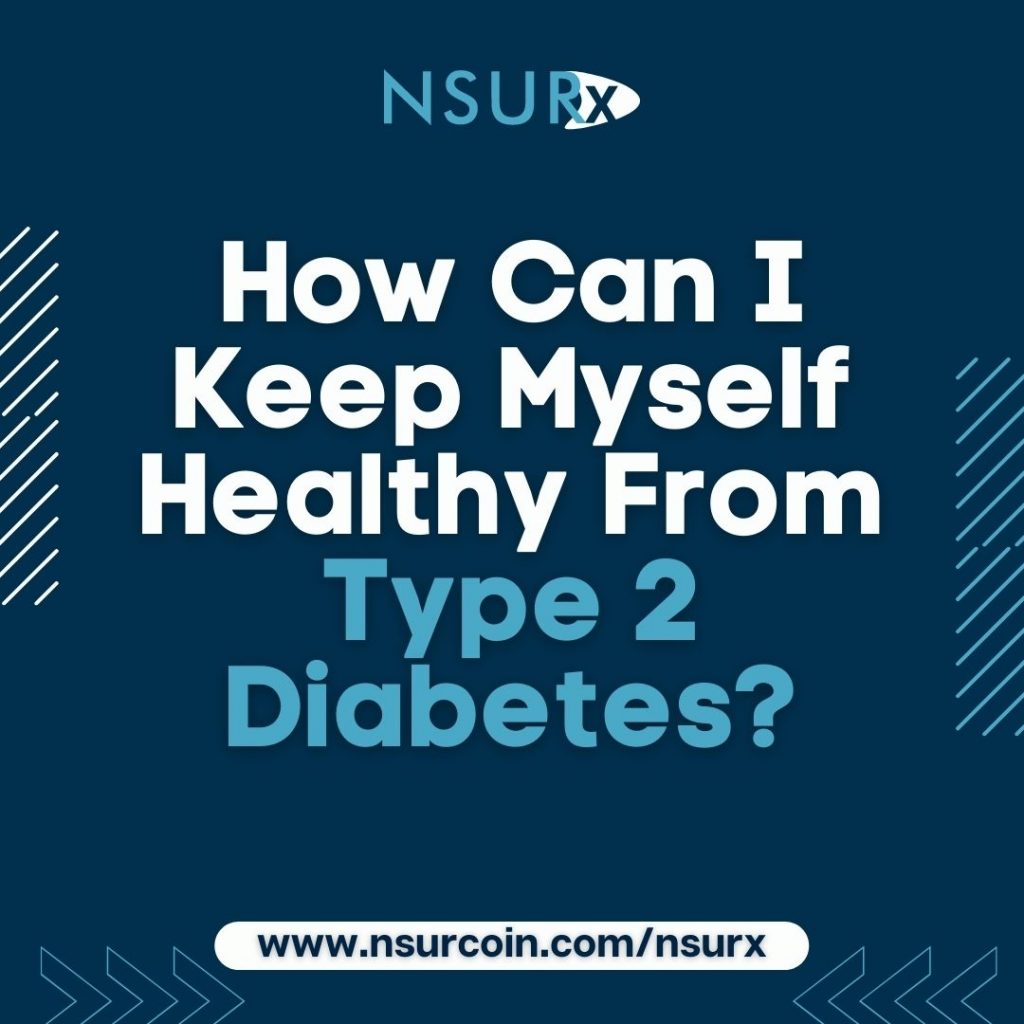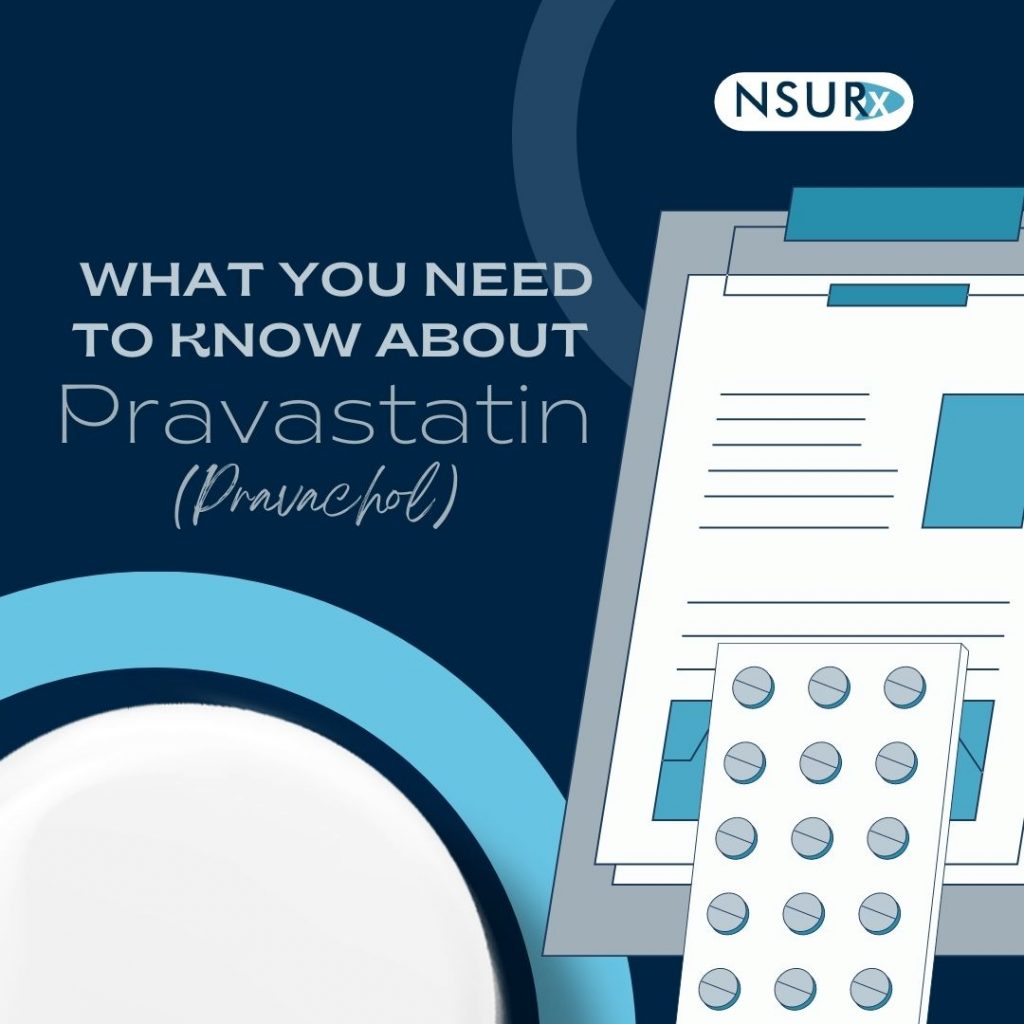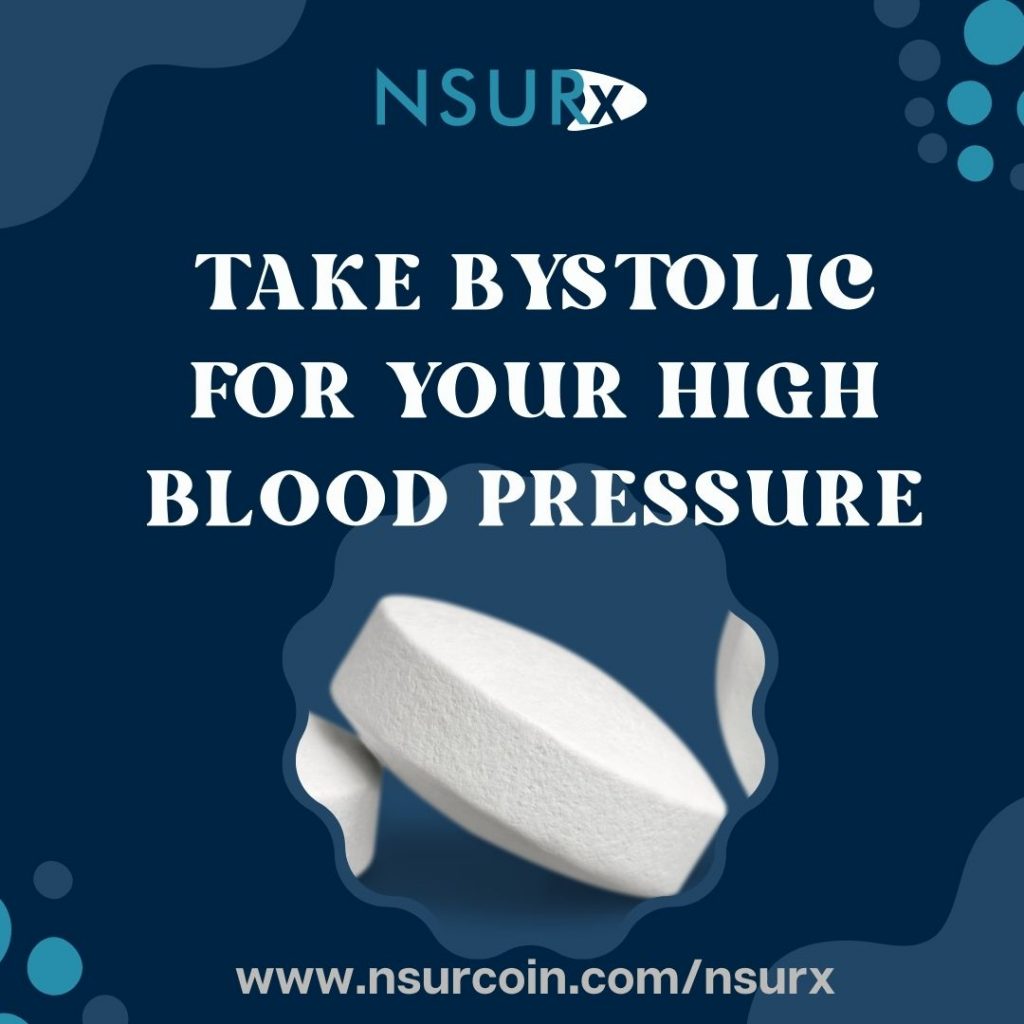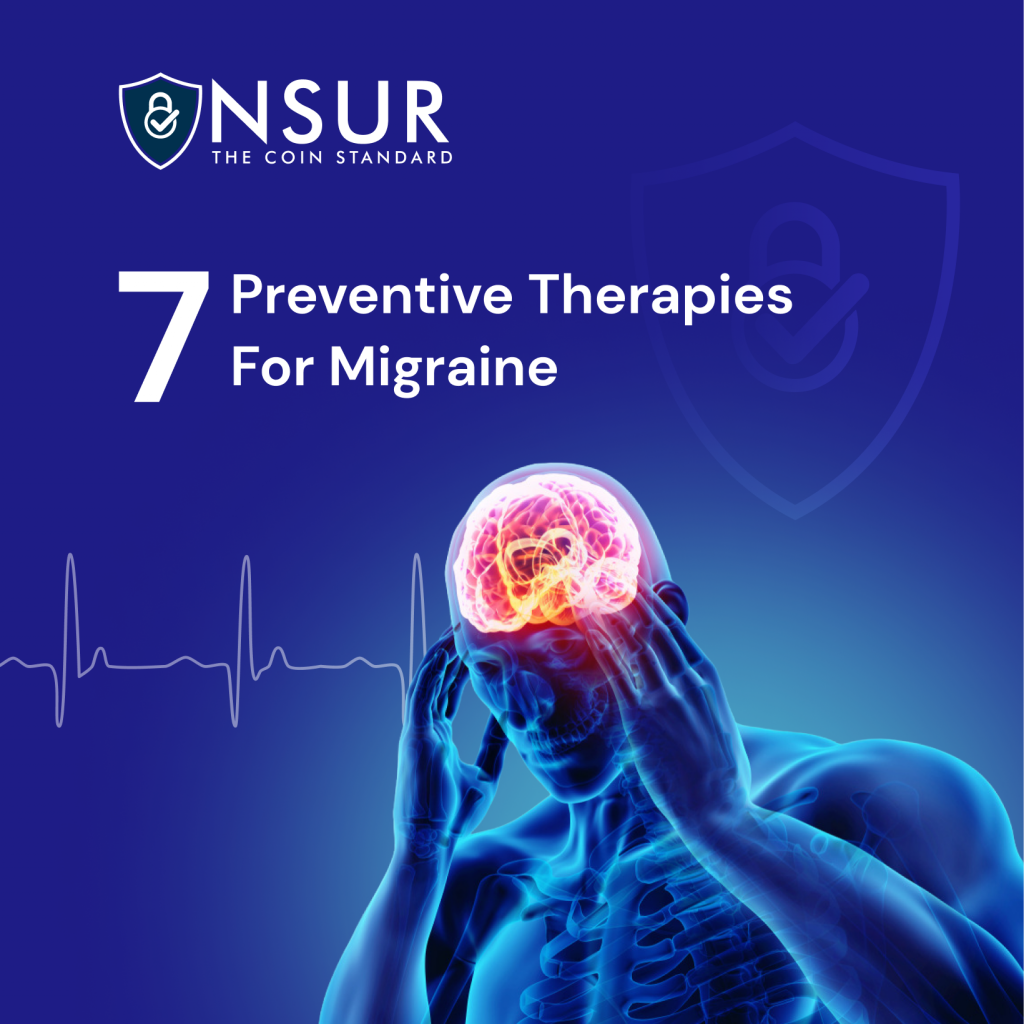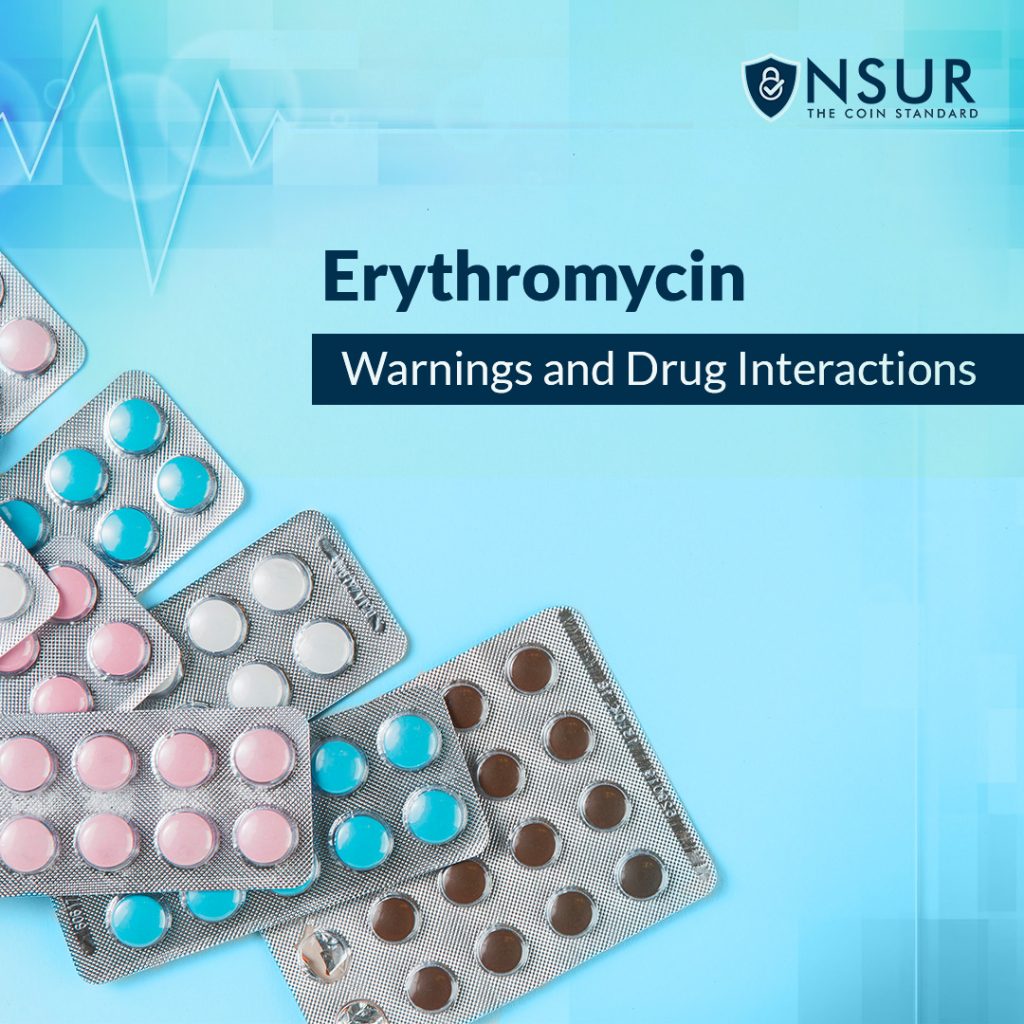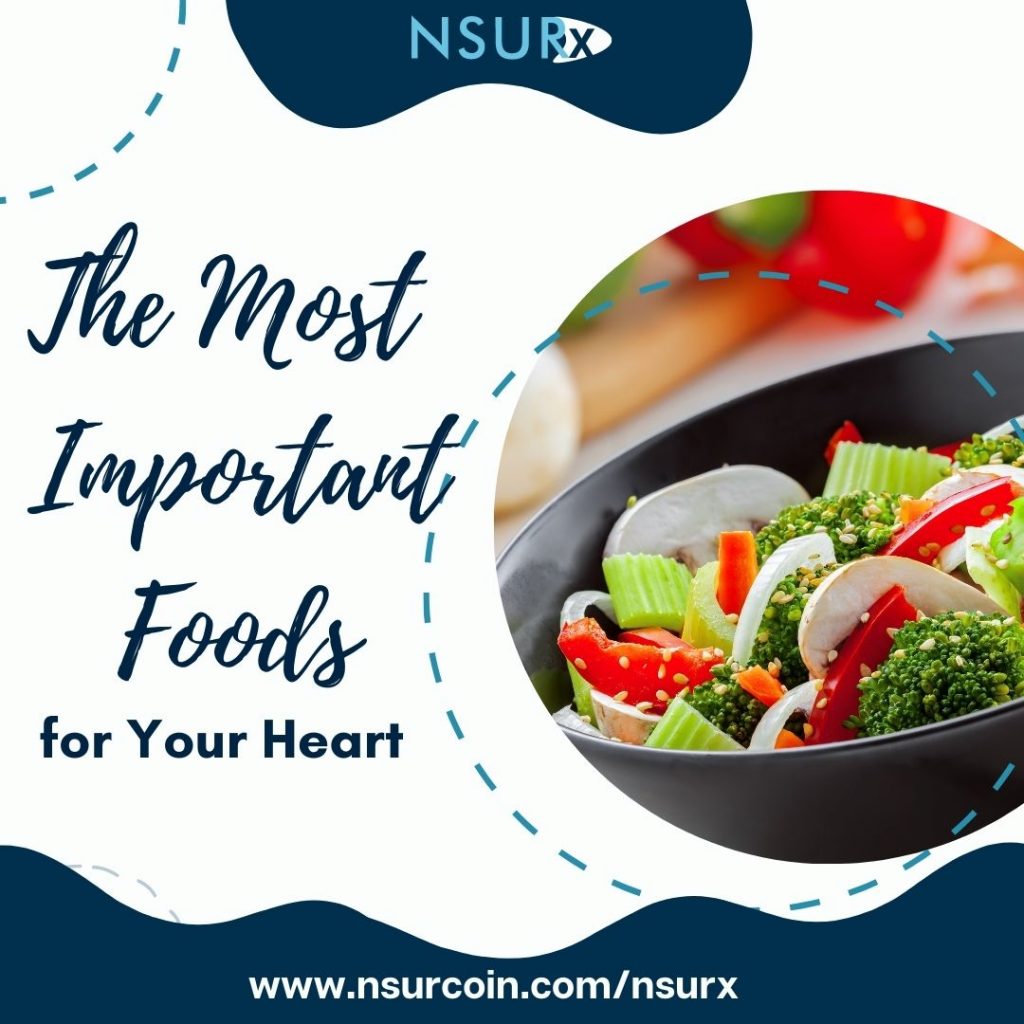
A healthy diet is an essential part of living with high blood pressure. Find out what foods could help you lower your high blood pressure.
High blood pressure (also known as hypertension) is a condition in which your blood pressure is abnormally high on a regular basis. The major manner in which high blood pressure causes injury is by putting too much pressure on the heart and blood vessels.
Every year, over 1 billion people worldwide are diagnosed with high blood pressure. High blood pressure is defined as:
- A systolic blood pressure (SBP) value of 130 mm Hg or more;
- A diastolic blood pressure (DBP) value of more than 80 mm Hg; or
- High SBP and DBP values
Illnesses caused by high blood pressure
When your blood pressure remains high for an extended period of time, it destroys your blood vessels, causing LDL (bad) cholesterol to collect along tears in your artery walls. This causes artery narrowing and raises your circulatory system’s strain while diminishing its efficiency.
As a result, high blood pressure increases your chances of acquiring life-altering and life-threatening illnesses, such as arrhythmia, heart disease, heart attack, and stroke, among other things.
But with a healthy diet and exercise, along with taking some medications, you may lower your high blood pressure.
5 foods to eat if you have high blood pressure
All patients with high blood pressure, especially those taking blood pressure drugs, should eat a nutritious, heart-healthy diet. A healthy diet is vital for decreasing blood pressure and maintaining ideal levels, and studies have shown that having certain foods in your diet, particularly those high in key nutrients like potassium and magnesium, lowers blood pressure.
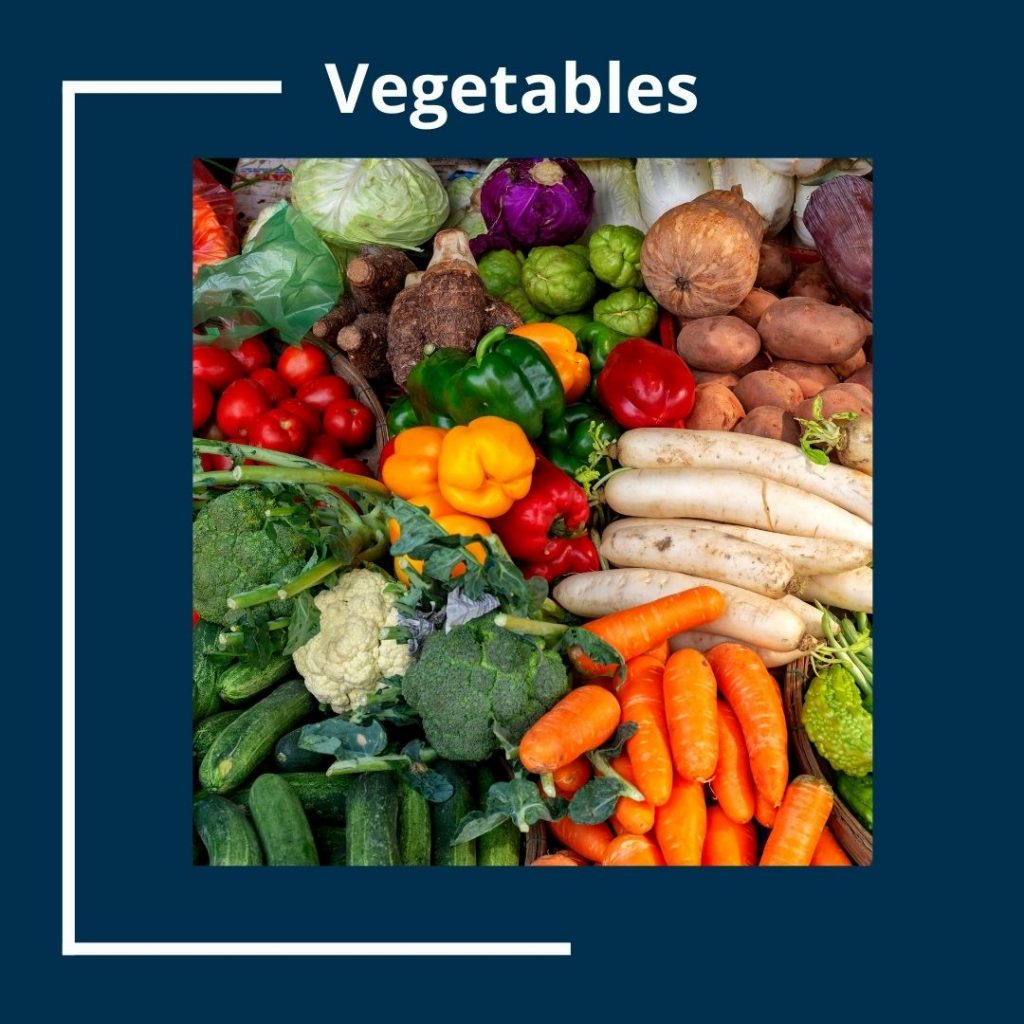
1. Vegetables
While research on beetroots and high blood pressure has received a lot of attention recently, don’t think that beetroot is the only important vegetable. Consuming 1-2 servings of vegetables on a regular basis has been linked to a lower risk of high blood pressure. People who followed the Dietary Approaches to Stop Hypertension (DASH) eating pattern had lower blood pressure
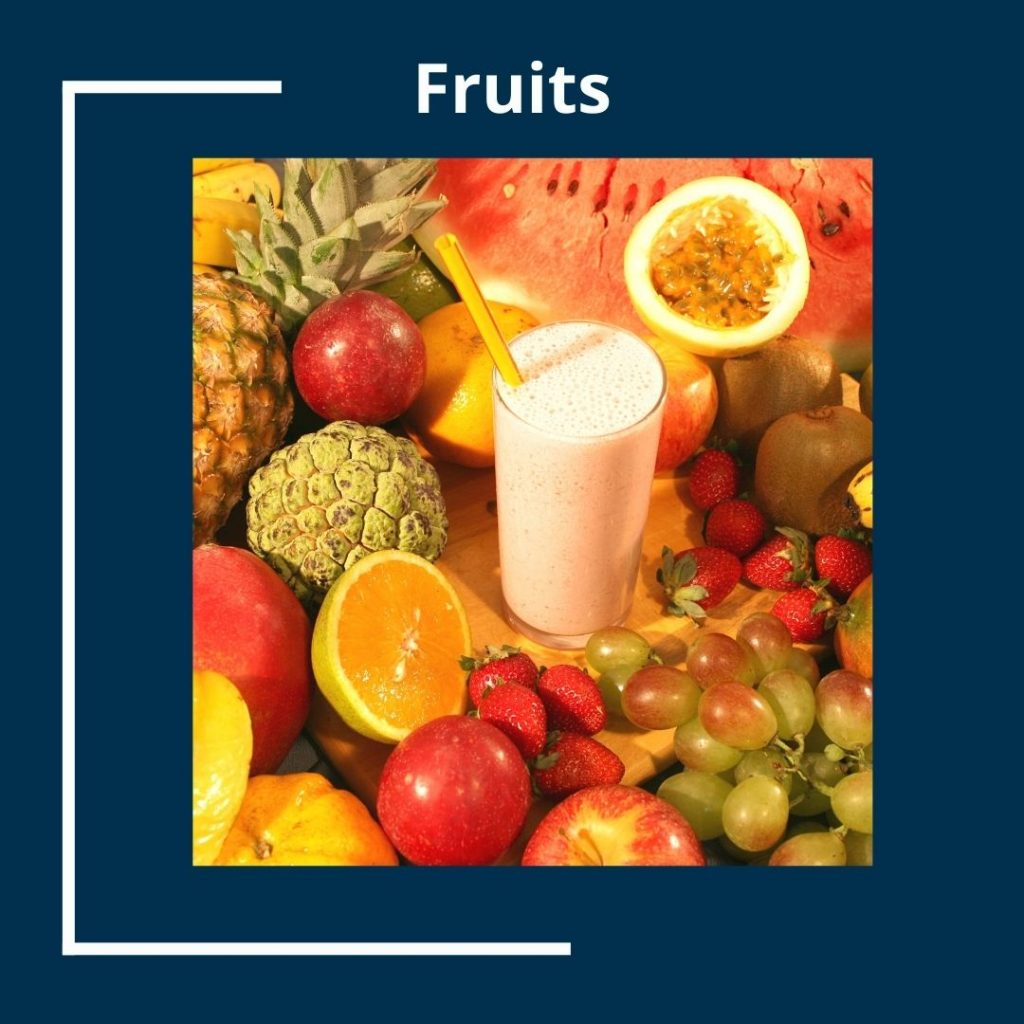
2. Fruits
After learning about veggies, it’s no surprise that their companion, fruit, is included in a healthy eating pattern for managing high blood pressure. Fruit, like vegetables, is high in potassium, magnesium, and fiber, which are known to reduce high blood pressure.
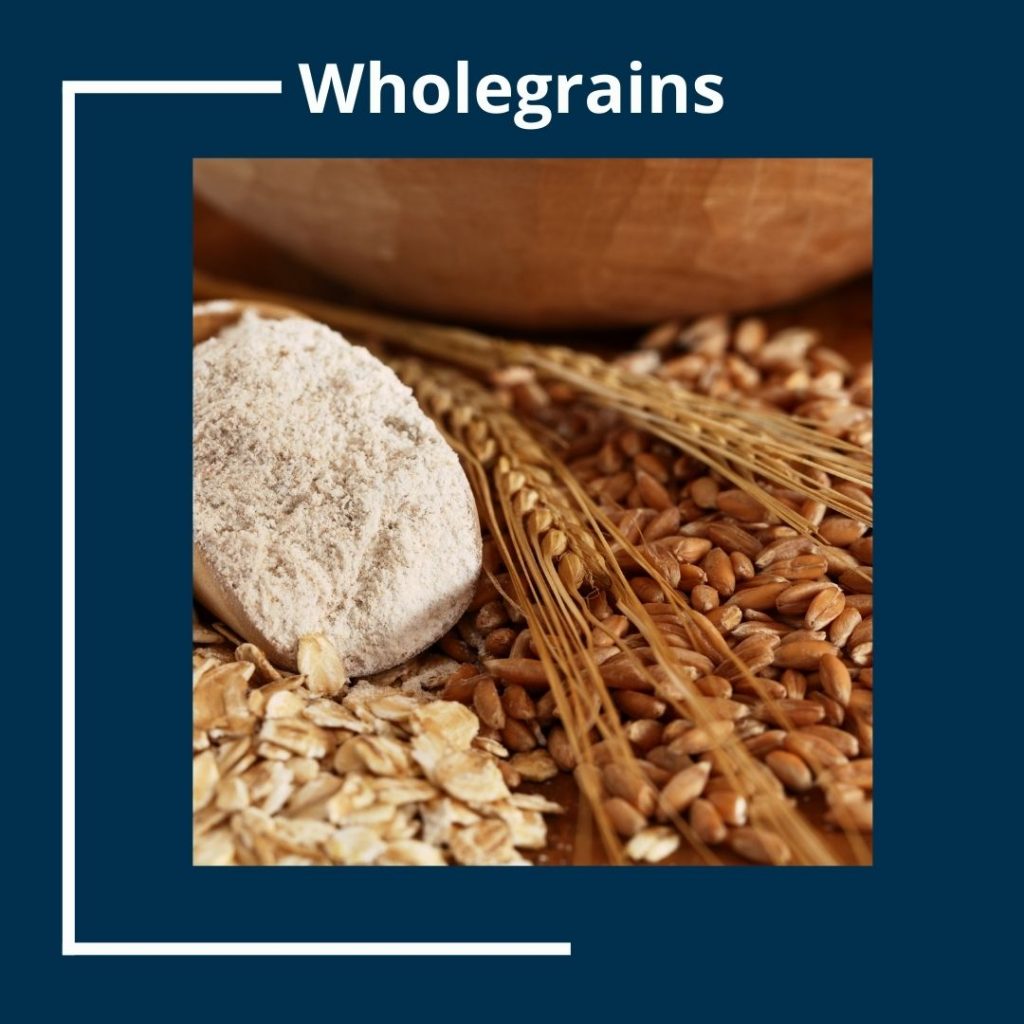
3. Wholegrains
This may come as a surprise given that certain fad diets exclude wholegrains like bread or cereals, yet regular use of wholegrains has been linked to healthier hearts and a lower risk of high blood pressure. This comes as no surprise to us at the Heart Foundation, since we know a high consumption of wholegrains has been associated with a 30% decreased risk of mortality from cardiovascular disease.
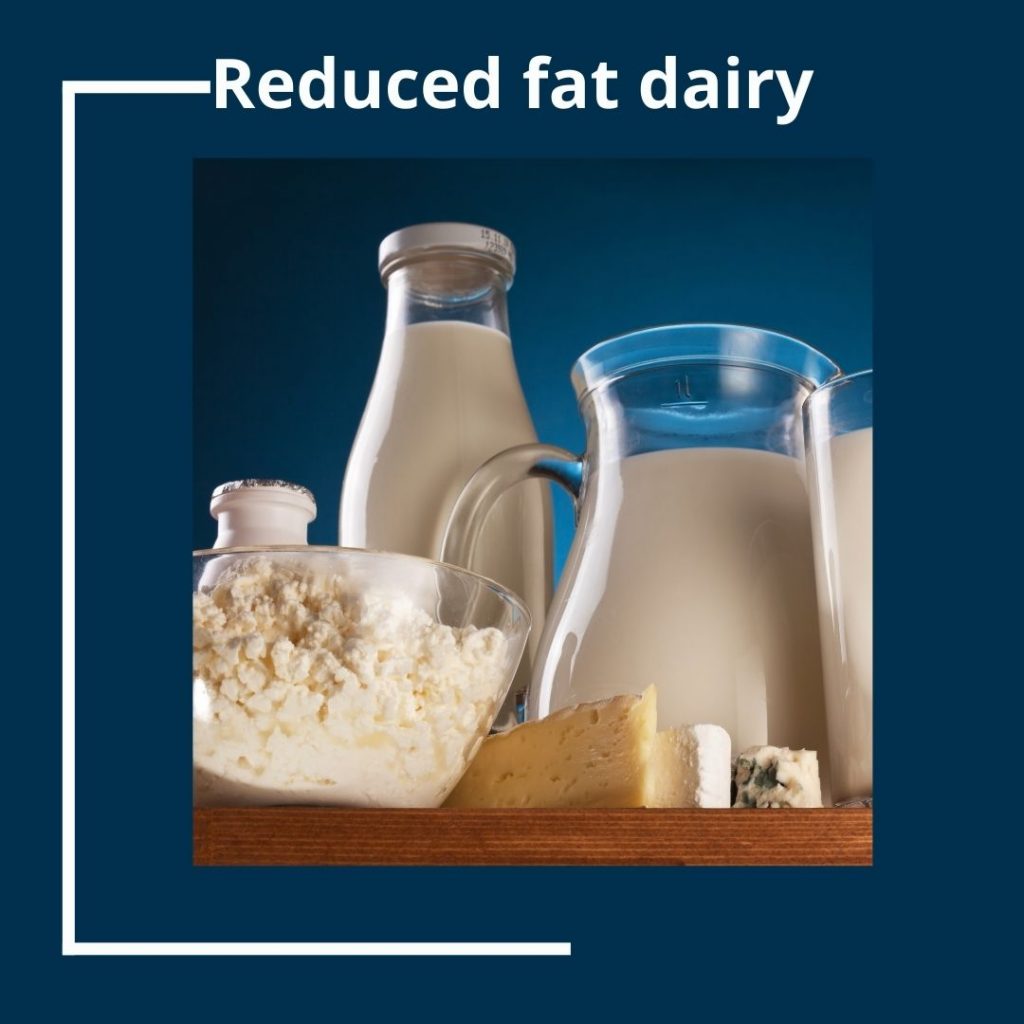
4. Reduced fat dairy
Combining the consumption of vegetables, fruits, and wholegrains with low-fat, unflavored dairy products such as milk and yogurt has been shown to result in larger blood pressure reductions than simply increasing vegetable and fruit consumption alone has.
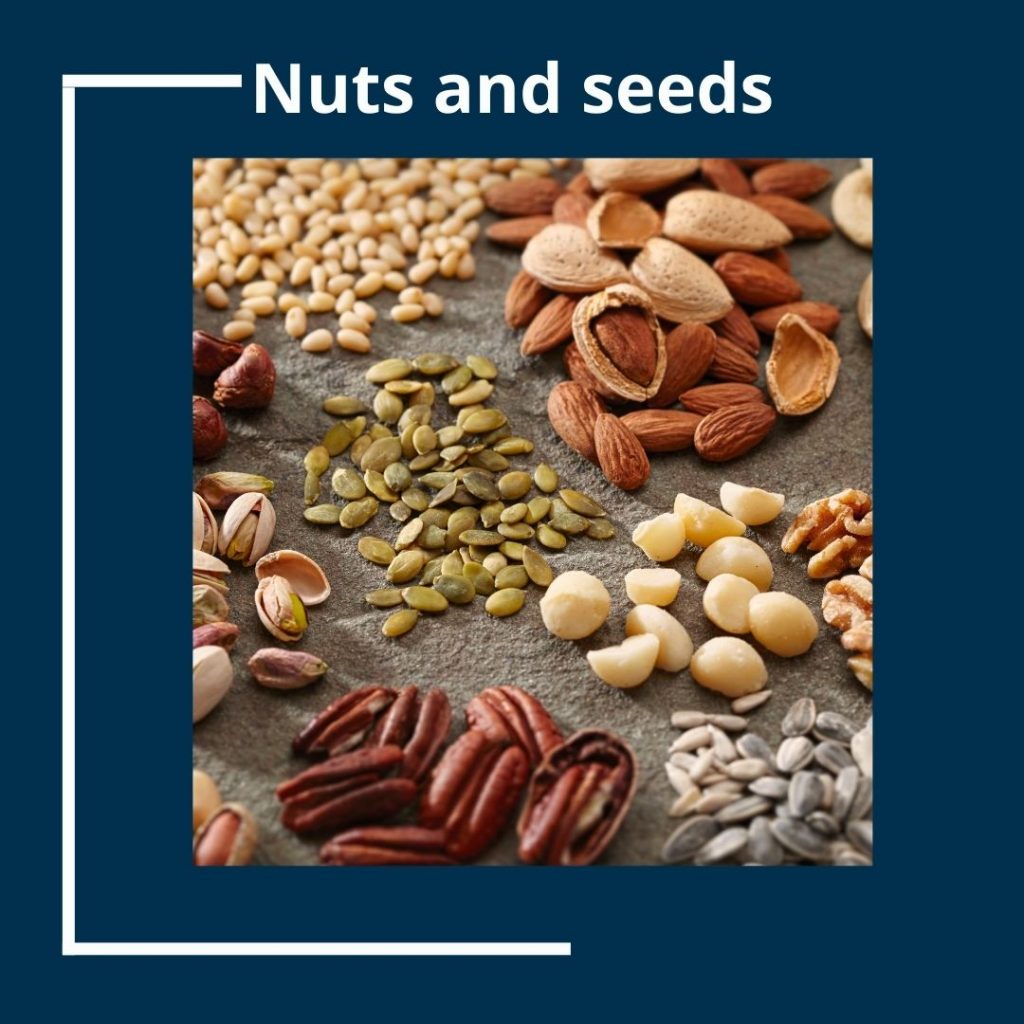
5. Nuts and seeds
Nuts and seeds are both tasty and healthful. Unsaturated fats, proteins, vitamins, and minerals are all found in nuts and seeds.
An added benefit is that frequent consumption of nuts has been related to lower levels of LDL (bad) cholesterol and total cholesterol in the blood, without causing weight gain.
How to save money on your high blood pressure medications with NSURx
For many people, eating a healthy diet should be combined with exercise and regular use of high blood pressure medications. While your doctor will know what is the best medicine for you to take, NSURx is the best option you have for finding your medications at the lowest cost.
NSUR offers a prescription discount card called NSURx to help you save money on your high blood prescriptions.
Simply present your NSURx card to the pharmacist the next time you fill a prescription at your local pharmacy and you could save up to 80% on your prescription costs!
Over 35,000 pharmacies accept NSURx prescriptions, including major chains like Walgreens, CVS, and Walmart and smaller, independent retailers in your neighborhood.
Call +1 (855) 917-6216 to find the nearest pharmacy to you that accepts NSURx. Most users have a pharmacy within 2 miles of their home that takes NSURx.
